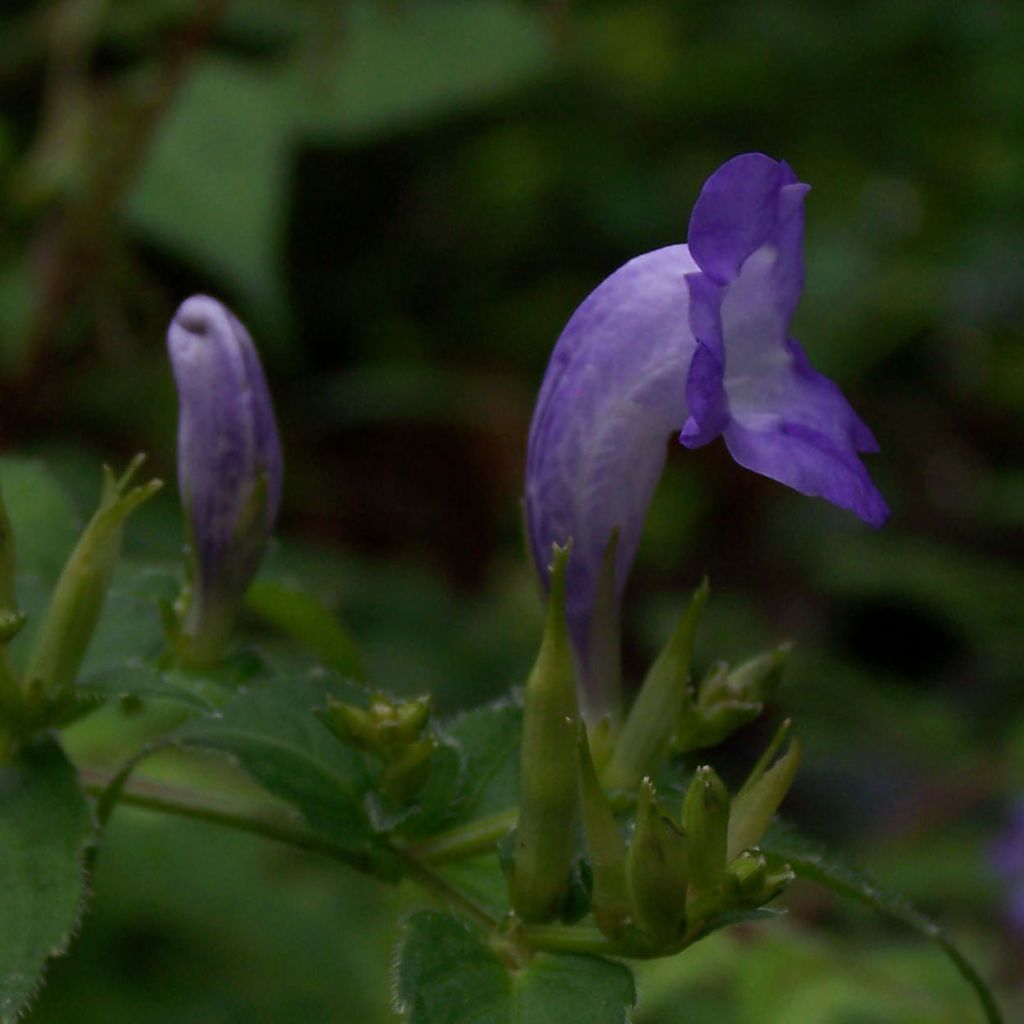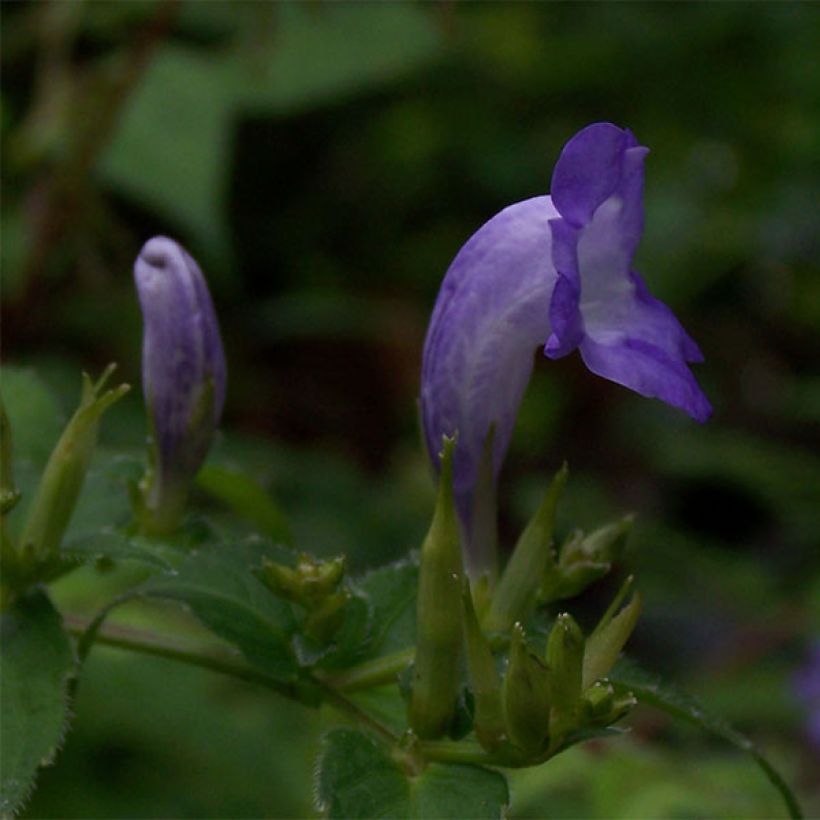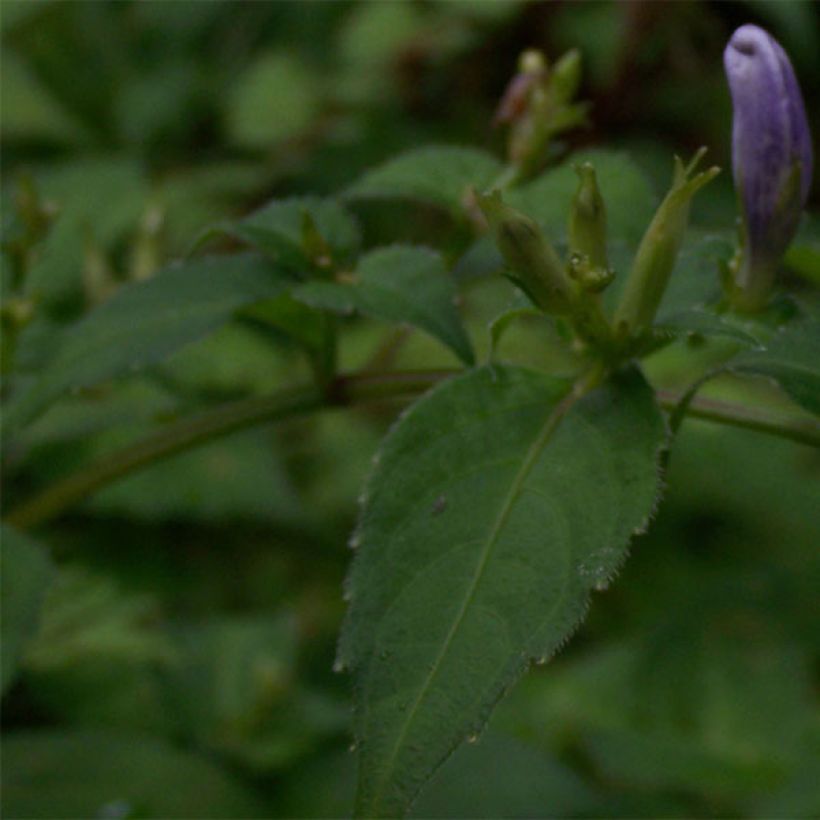

Strobilanthes attenuata
Strobilanthes attenuata
Strobilanthes attenuata
Mexican Petunia
In the photo, the flower appears to be blue, and yet in the description, you say it is purple! So?" Promesse de Fleurs' response: The colour is blue-violet.
isabelle, 12/11/2016
Special offer!
Receive a €20 voucher for any order over €90 (excluding delivery costs, credit notes, and plastic-free options)!
1- Add your favorite plants to your cart.
2- Once you have reached €90, confirm your order (you can even choose the delivery date!).
3- As soon as your order is shipped, you will receive an email containing your voucher code, valid for 3 months (90 days).
Your voucher is unique and can only be used once, for any order with a minimum value of €20, excluding delivery costs.
Can be combined with other current offers, non-divisible and non-refundable.
Why not try an alternative variety in stock?
View all →This plant carries a 12 months recovery warranty
More information
We guarantee the quality of our plants for a full growing cycle, and will replace at our expense any plant that fails to recover under normal climatic and planting conditions.
Would this plant suit my garden?
Set up your Plantfit profile →
Description
Strobilanthes attenuata is a perennial ornamental ground cover that is easy to grow in slightly shaded and not too dry areas in summer and should be more used. Perfectly hardy and happy even in poor soil under bushes, it forms beautiful, dense clumps adorned with tubular, pretty bright purple flowers at the end of the season. They bloom in spikes, above abundant oval and velvety, strongly veined leaves, which take on beautiful colours in autumn.This plant prefers the cool shade of the undergrowth but can be grown in the sun in cool climates.
Strobilanthes attenuata is one of the few hardy species in this genus of more than 250 species, most of which are native to Madagascar or temperate tropical Asia. It belongs to the same family as the acanthus, the acanthaceae. The plant is deciduous, its vegetation emerges from the ground in spring and disappears in winter. It forms a woody-based crown of upright stems, reaching 1 m (3ft) to 1.50 m (5ft) in all directions, depending on the growing conditions. The stems have swollen nodes and bear opposite, oval, toothed, slightly hairy, matte green leaves. The bright purple composite flowers with 5 unequal lobes have a curious flared and bent tube shape. They are grouped in tight inflorescences at the top of the branches. The foliage turns pink-purple in November, before disappearing in winter. This plant spreads in width through lateral stems that produce roots.
Strobilanthes are still very little known, despite having some remarkable and useful hardy perennial species for shaded areas. Strobilanthes attenuata will be happy on the edge of the undergrowth or under a hedge, even in soil full of roots, where it can be associated with small periwinkles, bugbanes, or even the ornamental strawberry Pink Panda. In the north, this plant will tolerate the sun well, if the soil does not dry out. In hotter regions, it is better to plant it in a shaded bed with ferns, Japanese anemones, etc.
Report an error about the product description
Strobilanthes attenuata in pictures




Flowering
Foliage
Plant habit
Botanical data
Strobilanthes
attenuata
Acanthaceae
Mexican Petunia
Cultivar or hybrid
Other Strobilanthes
View all →Planting and care
It grows spontaneously in cool to damp woodlands, but it truly shines in the sun, in humus-rich soil that doesn't dry out too much in summer. In warmer regions, it will be better planted in the shade. This perennial likes well-drained, not too chalky soils. Prune back the clump in late autumn, when it is no longer decorative.
Planting period
Intended location
Care
-
, onOrder confirmed
Reply from on Promesse de fleurs
Haven't found what you were looking for?
Hardiness is the lowest winter temperature a plant can endure without suffering serious damage or even dying. However, hardiness is affected by location (a sheltered area, such as a patio), protection (winter cover) and soil type (hardiness is improved by well-drained soil).

Photo Sharing Terms & Conditions
In order to encourage gardeners to interact and share their experiences, Promesse de fleurs offers various media enabling content to be uploaded onto its Site - in particular via the ‘Photo sharing’ module.
The User agrees to refrain from:
- Posting any content that is illegal, prejudicial, insulting, racist, inciteful to hatred, revisionist, contrary to public decency, that infringes on privacy or on the privacy rights of third parties, in particular the publicity rights of persons and goods, intellectual property rights, or the right to privacy.
- Submitting content on behalf of a third party;
- Impersonate the identity of a third party and/or publish any personal information about a third party;
In general, the User undertakes to refrain from any unethical behaviour.
All Content (in particular text, comments, files, images, photos, videos, creative works, etc.), which may be subject to property or intellectual property rights, image or other private rights, shall remain the property of the User, subject to the limited rights granted by the terms of the licence granted by Promesse de fleurs as stated below. Users are at liberty to publish or not to publish such Content on the Site, notably via the ‘Photo Sharing’ facility, and accept that this Content shall be made public and freely accessible, notably on the Internet.
Users further acknowledge, undertake to have ,and guarantee that they hold all necessary rights and permissions to publish such material on the Site, in particular with regard to the legislation in force pertaining to any privacy, property, intellectual property, image, or contractual rights, or rights of any other nature. By publishing such Content on the Site, Users acknowledge accepting full liability as publishers of the Content within the meaning of the law, and grant Promesse de fleurs, free of charge, an inclusive, worldwide licence for the said Content for the entire duration of its publication, including all reproduction, representation, up/downloading, displaying, performing, transmission, and storage rights.
Users also grant permission for their name to be linked to the Content and accept that this link may not always be made available.
By engaging in posting material, Users consent to their Content becoming automatically accessible on the Internet, in particular on other sites and/or blogs and/or web pages of the Promesse de fleurs site, including in particular social pages and the Promesse de fleurs catalogue.
Users may secure the removal of entrusted content free of charge by issuing a simple request via our contact form.
The flowering period indicated on our website applies to countries and regions located in USDA zone 8 (France, the United Kingdom, Ireland, the Netherlands, etc.)
It will vary according to where you live:
- In zones 9 to 10 (Italy, Spain, Greece, etc.), flowering will occur about 2 to 4 weeks earlier.
- In zones 6 to 7 (Germany, Poland, Slovenia, and lower mountainous regions), flowering will be delayed by 2 to 3 weeks.
- In zone 5 (Central Europe, Scandinavia), blooming will be delayed by 3 to 5 weeks.
In temperate climates, pruning of spring-flowering shrubs (forsythia, spireas, etc.) should be done just after flowering.
Pruning of summer-flowering shrubs (Indian Lilac, Perovskia, etc.) can be done in winter or spring.
In cold regions as well as with frost-sensitive plants, avoid pruning too early when severe frosts may still occur.
The planting period indicated on our website applies to countries and regions located in USDA zone 8 (France, United Kingdom, Ireland, Netherlands).
It will vary according to where you live:
- In Mediterranean zones (Marseille, Madrid, Milan, etc.), autumn and winter are the best planting periods.
- In continental zones (Strasbourg, Munich, Vienna, etc.), delay planting by 2 to 3 weeks in spring and bring it forward by 2 to 4 weeks in autumn.
- In mountainous regions (the Alps, Pyrenees, Carpathians, etc.), it is best to plant in late spring (May-June) or late summer (August-September).
The harvesting period indicated on our website applies to countries and regions in USDA zone 8 (France, England, Ireland, the Netherlands).
In colder areas (Scandinavia, Poland, Austria...) fruit and vegetable harvests are likely to be delayed by 3-4 weeks.
In warmer areas (Italy, Spain, Greece, etc.), harvesting will probably take place earlier, depending on weather conditions.
The sowing periods indicated on our website apply to countries and regions within USDA Zone 8 (France, UK, Ireland, Netherlands).
In colder areas (Scandinavia, Poland, Austria...), delay any outdoor sowing by 3-4 weeks, or sow under glass.
In warmer climes (Italy, Spain, Greece, etc.), bring outdoor sowing forward by a few weeks.


































